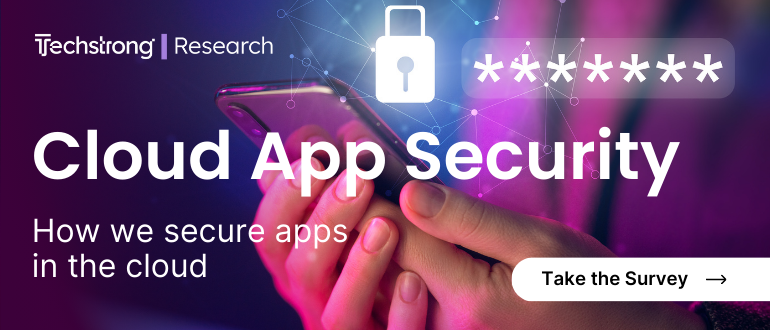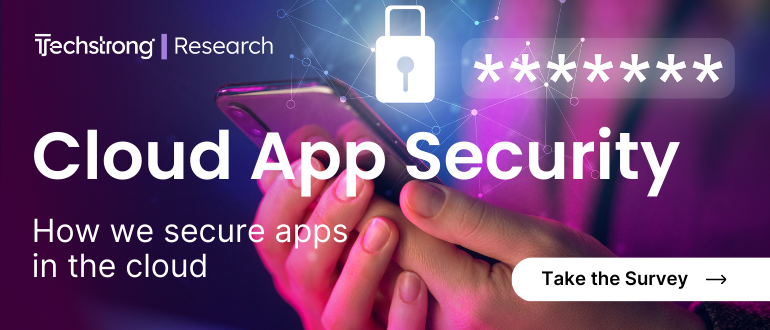
2024-6-18 13:33:41 Author: securityboulevard.com(查看原文) 阅读量:4 收藏
As retailers compete in an increasingly competitive marketplace, they invest a great deal of resources in becoming household names. But brand recognition is a double-edged sword when it comes to cybersecurity. The bigger your name, the bigger the cyber target on your back. Data breaches in the retail sector cost an average of $3.28 million in 2023, with 50% of cyberattack victims experiencing extortion and 25% experiencing credential harvesting.
The nature of retail organizations differs from most industries in that they are multi-site and multi-channel, resulting in many more entry points for ransomware attacks. The threat of ransomware is one of the greatest concerns for retailers. In this post, we will highlight the key identity security challenges retailers face and illustrate how Silverfort can assist identity and security teams to fully address these challenges and secure their environments.
Retail Threat Attack Landscape
The retail attack landscape is increasingly riddled with challenges, with compromised credentials emerging as a primary vector for cyberattacks. In 2023, the retail sector saw an increase in cyber incidents, with compromised credentials accounting for nearly 40% of these breaches. Attackers exploit stolen or weak credentials to gain unauthorized access to systems, often leveraging them to infiltrate networks and exfiltrate sensitive data.

This threat is compounded by the industry’s heavy reliance on customer-facing operations and digital transactions, making it a lucrative target for cybercriminals. Identity threats, such as credential stuffing, are particularly concerning, as they can lead to unauthorized access to customer information and financial data.
The retail industry must contend with the dual challenge of securing vast amounts of sensitive data while maintaining seamless operations, especially during peak business periods. In retail, employees’ threat awareness is generally considered a weak link or the low-hanging fruit for malicious actors to target and open the door to move laterally across a retailer’s environment.
The Evolving Role of Lateral Movement in Retail Ransomware Attacks
Ransomware is one of the greatest concerns for retailers, and as the recent number of attacks on this sector illustrates, it affects the entire sector.
The nature of retail organizations differs from most industries in that they are multi-site and multi-channel, resulting in many more entry points for ransomware attacks. Typical retail operations include item-level RFID-based packages and pallets, vehicle-mounted computers, handheld scan-based computers, smart shelves and more, resulting in a massive attack surface to protect. Consequently, retailers are struggling to prevent lateral movement attacks aimed at deploying ransomware.
The ability to move laterally within a network plays a particularly crucial role in ransomware attacks, as it allows malicious actors to infiltrate a target’s environment. After gaining initial access, attackers use techniques such as credential dumping, pass-the-hash, and exploiting Remote Desktop Protocol (RDP) to navigate through the network until they reach their targeted privileged users. This allows the attackers to escalate privileges, identify critical assets like customer databases and point-of-sale systems, and deploy ransomware broadly.
For retail organizations, lateral movement means that an attack on one part of the network can quickly compromise other systems, leading to widespread operational disruption and significant financial and reputational damage.
The Security Challenges that Retailers are Facing
Identifying and addressing the different identity security challenges facing retailers should be a top priority for all retail organizations. The following are the three most pressing challenges facing most retailers when it comes to identity security:
Lack of Visibility Across Complex Environments
Due to the nature of retail environments, the lack of visibility poses a significant security challenge. Without comprehensive visibility across environments, retailers struggle to have the ability to monitor and protect all user access activity and authentication to their applications (including CRM, ERP, SUSE systems, and more) and servers which creates a major security gap.
Retailers use a variety of devices and applications that interact on a daily basis, ranging from point-of-sale systems to online customer portals. As these systems are operated independently, it is difficult for security teams to monitor and manage the entire identity lifecycle. As a result, unauthorized access and potential breaches are more likely to occur, as there is no centralized view that allows for real-time detection and prevention of malicious activity.
This lack of visibility into retail resources and users increases the risk of unauthorized access, identity theft, and other malicious activities. This can lead to security risks such as lateral movement and ransomware attacks that result from undetected unauthorized access.
Inability to Stop Lateral Movement Attacks in Real Time
Ransomware attacks fueled by lateral movement have become an operational risk for practically every retail organization. Lateral movement attacks are effectively a blind spot in today’s security stack, which cannot detect and prevent them in real time.
Lateral movement attacks are carried out by providing valid but compromised user credentials to log in to resources (servers, workstations, apps, etc.) in the target environment. A threat actor’s objective is to leverage the compromised users of the ‘patient zero’ machine to move within the targeted environment until they can execute the ransomware payload simultaneously on a large number of machines.
This poses a significant detection challenge because authentications performed by an attacker are essentially identical to those performed by a legitimate user. The authentication process in both cases involves the passing of credentials to an identity provider, which validates them and grants or denies access in accordance with the validation. As such, a lateral movement attack is at its core a series of authentications that utilize the legitimate authentication infrastructure for malicious purposes.
Limited Visibility & Protection of Service Accounts
Service accounts have become a pressing concern for security and identity stakeholders across the retail industry as the attack surface landscape evolves rapidly.
Service accounts are machine-to-machine accounts that are often deployed without proper documentation and are difficult to detect by identity management systems. Further complicating matters, malicious actors increasingly use them for lateral movement, particularly in ransomware attacks.
Due to the difficulty of detecting these accounts, retailers lack complete visibility and security controls to protect service accounts. This makes it difficult to detect unauthorized access or malicious activity resulting from them.
The activities and purposes of service accounts can also be difficult to identify if they are not associated with a specific user. As a result, retailers are susceptible to security risks, such as not detecting unauthorized access by threat actors that could result in lateral movement attacks.
Since service accounts lack visibility and are not subject to identity security measures such as Multi-Factor Authentication (MFA), they pose a critical identity protection challenge for retailers.
How Silverfort Solves Retail Identity Security Challenges
Silverfort integrates with all Identity Providers (IdP) in retailer hybrid environments to perform continuous monitoring, risk analysis, and adaptive access policies on all access attempts, made by all users, to all manufacturing resources.
With Silverfort, access to resources is never granted solely based on credentials. Silverfort’s risk analysis determines whether to permit access, augment authentication with MFA verification, or block access entirely.
Silverfort offers a robust identity security platform that helps retailers overcome all the challenges we’ve described in the previous section:
Lateral Movement Protection
Silverfort is the first solution that can extend MFA verification to all access interfaces and authentication protocols in the AD environment, including command-line access tools like PsExec and PowerShell which tend to be used by ransomware actors for lateral movement. With this protection in place, even if user credentials are compromised, the attacker cannot use them for malicious access.
Full Context Across Environments
Silverfort automatically discovers and protects all user accounts in a hybrid environment from identity-based threats and provides centralized visibility into every authentication and access request. As a result of Silverfort’s native integrations with all identity providers, including Active Directory, it can log every authentication request. This provides a unified view of all network activity across every user and any resource in the hybrid environment.
Full Visibility and Protection of Service Accounts
Silverfort automatically identifies all service accounts within the environment and enables identity and security teams to secure them with premade policies, tailored to each account’s behavior. With continuous monitoring of all authentication and access activities of service accounts, Silverfort can assess the risk associated with every authentication attempt and detect any suspicious behavior or anomalies.
To learn more about how Silverfort can help you with your identity security challenges, request a demo here.
The post Navigating Retail: Overcoming the Top 3 Identity Security Challenges appeared first on Silverfort.
*** This is a Security Bloggers Network syndicated blog from Silverfort Blog - Cyber Security News authored by Zev Brodsky. Read the original post at: https://www.silverfort.com/blog/navigating-retail-overcoming-the-top-identity-security-challenges/
如有侵权请联系:admin#unsafe.sh

